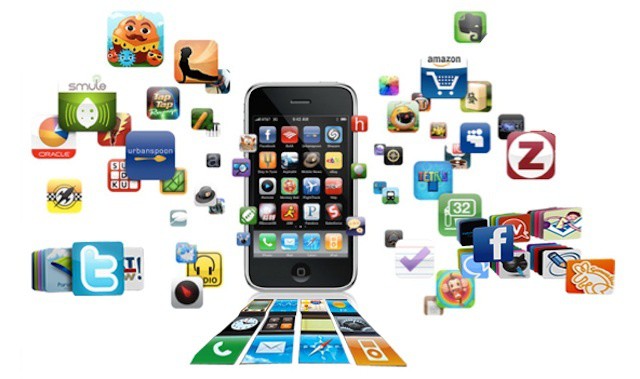When Apple released iOS 4 two years ago, with a framework for device management built into the OS, the focus of IT departments and security specialists was to activate, configure, and lock down iPhones and iPad as well as other mobile devices. Mobile device management (MDM) was the big iOS-in-business buzz word for quite some time. Over the past several months, however, the discussion around mobile management has shifted significantly as a new concept has become the IT mantra for mobile devices.
That new concept is Mobile app management (MAM) and it has come to be seen as a critical part of supporting and securing mobile devices (including iPhones and iPads) in business. MAM has a different focus from mobile device management (MDM).
As the mobile industry has evolved over the past couple of years and so-called consumer platforms like iOS and Android have become common in many workplaces, the security and mobile management needs of businesses, government agencies, and other organizations have also evolved. The growing consensus is that while MDM can play an important role in a company’s mobile strategy, it often can’t meet all the data and content security needs of many businesses.
The bigger question for businesses isn’t whether or not you can secure a device. It’s whether you can secure that business data on that device. This new consensus has led to the adoption of mobile app management, which picks up the security and management functionality where device management falls short.
Simply put, device management means configuring and locking down hardware and OS features on an iPhone or iPad. That can mean requiring a passcode, disabling use of the built-in cameras, pre-configuring access to a corporate wireless network, turning off Siri or iCloud, and so forth. App management focuses on installing, updating, and restricting access to applications including those developed in-house and those sold through the public App Store.
That can mean setting up an enterprise app store, pre-loading apps onto a device during or after enrollment with a mobile management suite, revoking or removing apps remotely, blocking users from installing or launching apps that are deemed dangerous or inappropriate, and setting up encrypted on-device containers. Those secure containers allow users to access sensitive information but only after providing company credentials (like a network username and password) and often with limitations such as not being able to copy and paste content into unsecured apps.
App management also dovetails with in-house app development. In that respect, app management means not just creating and distributing an app, but accepting feedback and making changes based on that feedback and then rolling out an updated version of that app.
For many companies, mobile management now includes both device and app management. That can be accomplished by a single mobile management suite in some cases. In others, a separate app management solution like those from App47 and Apperian may be used in combination with a device management solution. Regardless of how app management is implemented, the message here goes beyond both MDM and MAM. That message is that mobile technology and its impacts (positive and negative) on the business world are continuing to evolve and grow – and they will almost certainly keep doing that for a long time to come.


